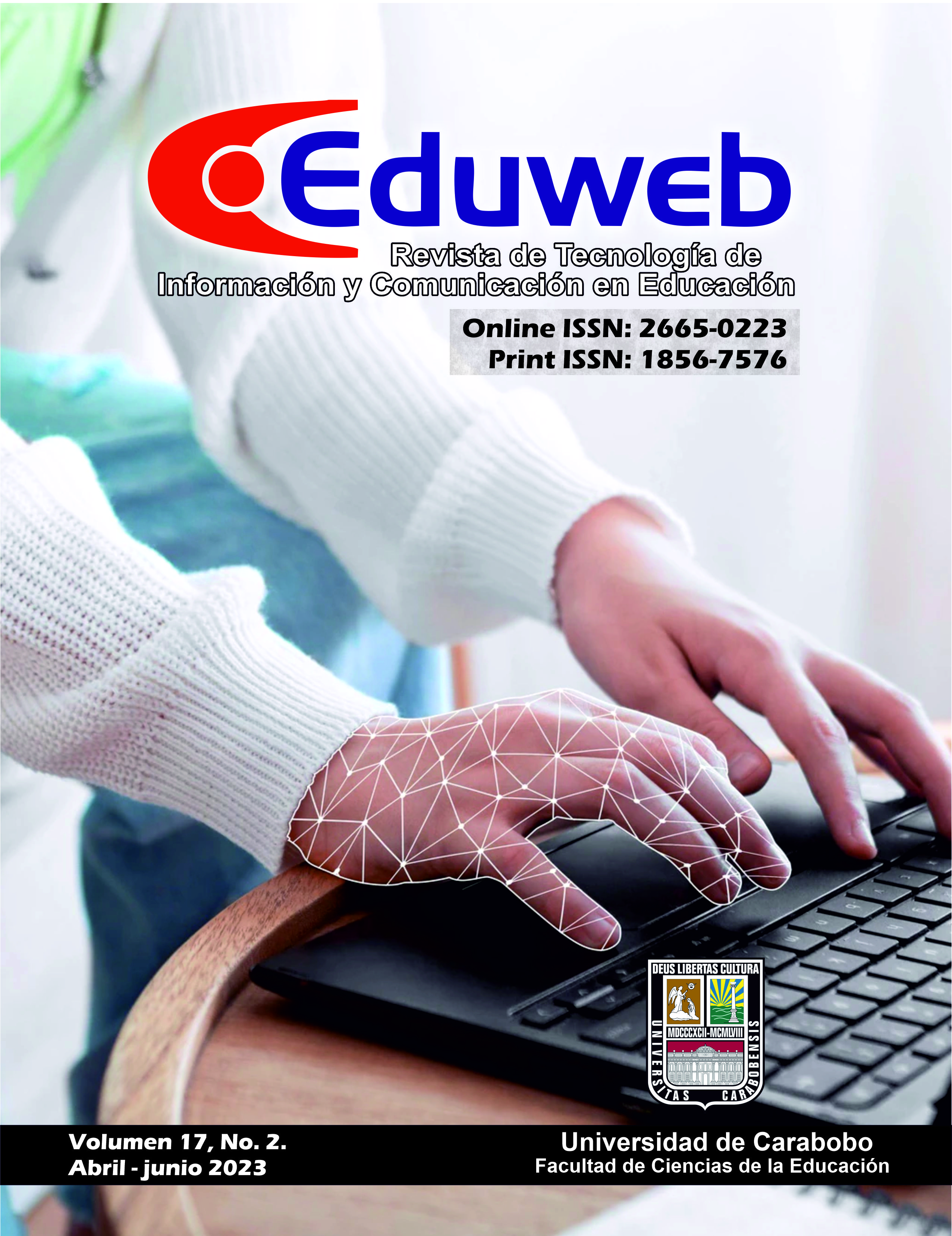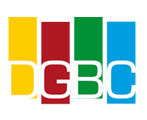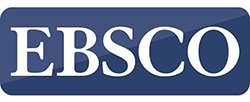The formation of digital competence by means of information and communication technologies among students of higher education
DOI:
https://doi.org/10.46502/issn.1856-7576/2023.17.02.7Palabras clave:
digitalization, information and communication technologies, qualification, information technology, digital competence, information society, educational institutions.Resumen
The increasing digitalization in all spheres of human activity demands the improvement of digital competence in the educational field. This article examines how information and communication technologies (ICT) can help form the digital competence of higher education students, enhancing their skills in everyday, professional, and educational activities. The study focuses on the development of digital competence in university students through the use of ICT. The objective is to create an effective policy for the development of students' digital competence through the use of information technologies applicable in the educational process. The study's methodology includes outlining the key principles of digital competence, the current state of digital skills development, and the existing means for their development, as well as analyzing the organization of the educational process with the support of ICT. The findings of the study can be used to develop internal policies in universities, improve the skills of teaching staff, and allocate additional time to disciplines requiring attention to the study of digital tools applicable in practice.
Citas
Beardsley, M., Albó, L., Aragón, P., & Hernández-Leo, D. (2021) Emergency education effects on teacher abilities and motivation to use digital technologies. British Journal of Educational Technology, 52(4), 1455-1477.
Bilotta, E., Bertacchini, F., Gabriele, L., Giglio, S., Pantano, P.S., & Romita, T. (2021) Industry 4.0 technologies in tourism education: Nurturing students to think with technology. Journal of Hospitality, Leisure, Sport & Tourism Education, 29.
Bubb, S., & Jones, M. (2020). Learning from the COVID-19 home-schooling experience: Listening to pupils, parents/carers and teachers. Improving Schools, 23(3), 209-222. https://doi.org/10.1177/1365480220958797
District Reform Support Network. (2015). Blended learning readiness and progress rubric. Raleigh, NC: Friday Institute for Educational Innovation. Retrieved from https://rttd.grads360.org/#communities/pdc/documents/7209
Dudar, V.L., Riznyk, V.V., Kotsur, V.V., Pechenizka, S.S., & Kovtun, O.A. (2021). Use of mod- ern technologies and digital tools in the context of distance and mixed learning. Linguistics and Culture Review, 5 (S2) (2021) 733–750. https://doi.org/10.21744/lingcure.v5nS2.1416
Eynon, R., & Malmberg, L. (2021). Lifelong learning and the Internet: Who benefits most from learning online? British Journal of Educational Technology, 52(2), 569-583.
Fitzgerald, S., McGrath-Champ, S., Stacey, M., Wilson, R., & Gavin, M. (2019). Intensification of teachers’ work under devolution. Journal of Industrial Relations, 61(5), 613-636. https://doi.org/10.1177/0022185618801396
Freeland, J., & Hernandez, A. (with Samouha, A.). (2014). Schools and software: What’s now and what’s next? San Mateo, CA: Clayton Christensen Institute. Retrieved from http://www.christenseninstitute.org/wp-content/uploads/2014/06/Schools-and-Software.pdf
Ghavifekr, S., Kunjappan, T., Ramasamy, L., & Anthony, A. (2016). Teaching and Learning with ICT Tools: Issues and Challenges from Teachers' Perceptions. Malaysian Online Journal of Educational Technology, 4(2), 38-57
Greenhow, C., & Robelia, B., (2009). Old communication, new literacies: Social network sites as social learning resources. Journal of Computer Mediated Communication, 14(4), 1130-1161. https://doi.org/10.1111/j.1083-6101.2009.01484.x
Liu, I. F., Chen, M. C., Sun, Y. S., Wible, D., & Kuo, C. H., (2010). Extending the TAM model to explore the factors that affect Intention to Use an Online Learning Community. Computers & Education, 54(2), 600-610. https://doi.org/10.1016/j.compedu.2009.09.009
Lopez-Fernandez, O. (2021) Emerging Health and Education Issues related to Internet Technologies and addictive problems, Int. J. Environ. Res. Public Health, 18(1), 321. https://doi.org/110.3390/ijerph18010321
MŠMT (2020). Ongoing evaluation of the implementation of the Digital Education Strategy by the year. The Ministry of Education, Youth and Sports.
Ostanina, E. A. (2021). Influencia del equipamiento técnico en el proceso educativo. Revista Eduweb, 15(1), 145–155. https://doi.org/10.46502/issn.1856-7576/2021.15.01.13
Selwyn, N., Nemorin, S., & Johnson, N. (2017). High-tech, hard work: An investigation of teachers’ work in the digital age. Learning, Media and Technology, 42(4), 390-405.
Tawfik, A., Reeves, T., & Stich, A. (2016). Intended and unintended consequences of educational technology on social inequality. TechTrends, 60(6), 598-605.
Teräs, M., Suoranta, J., Teräs, H., & Curcher, M. (2020) Post-Covid-19 education and education technology ‘solutionism’: a seller’s market. Postdigital Science and Education, 2, 863–878
Tewathia, N., Kamath, A., & Ilavarasan, P. (2020). Social inequalities, fundamental inequities, and recurring of the digital divide: Insights from India. Technology in Society, 61, 101251.
UNESCO (2020) Global education monitoring report summary, 2020: Inclusion and education: all means all. UNESCO - Global Education Monitoring
Vakaliuk, T.A., Spirin, O.M., Lobanchykova, N.M., Martseva, L.A., Novitska, I.V., & Kontsedailo, V.V. (2021) Features of distance learning of cloud technologies for the quar- antine organisation’s educational process. J. Phys. Conf. Ser., 1840. https://doi.org/10.1088/1742-6596/1840/1/012051
Wagner, D. (2018). Technology for education in low-income countries: Supporting the UN sustainable development goals. ICT-Supported Innovations in Small Countries and Developing Regions, 51-74.
Descargas
Publicado
Cómo citar
Número
Sección
Licencia
Derechos de autor 2023 Tetiana Раkhomova, Viktoriia Hryhorieva, Anetta Omelchenko , Mykhailo Kalenyk, Liudmyla Semak

Esta obra está bajo una licencia internacional Creative Commons Atribución 4.0.















